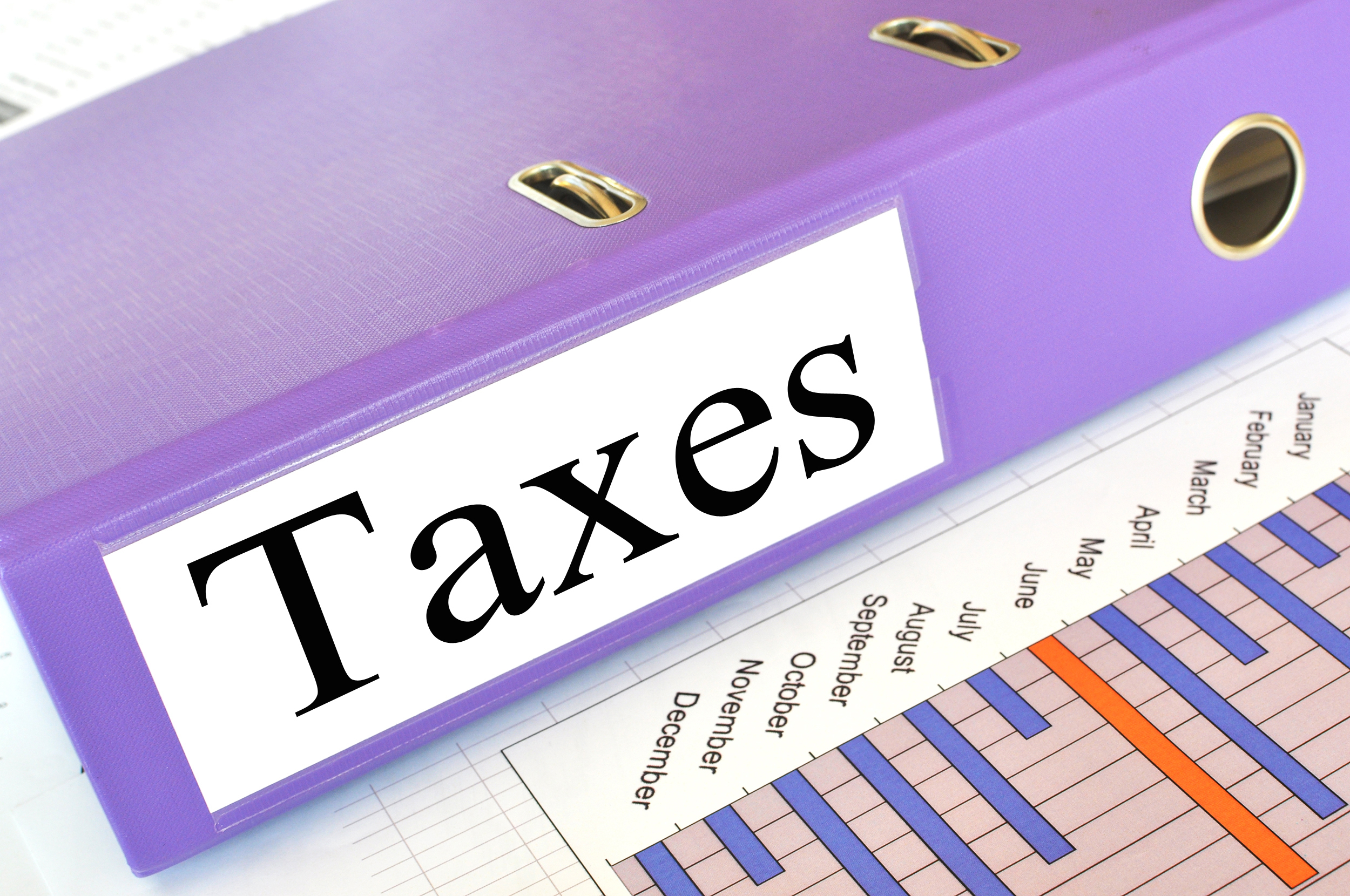Experienced Investor
Dividend tax: how will the changes affect you?

A major change in how dividends are taxed came into force on 6 April 2016, yet many investors may not know exactly how it will impact their portfolios. Rob Morgan of Charles Stanley summarises the changes and lists ways for investors to minimise tax on dividends.
How are dividends taxed currently?
Until 5 April 2016, UK dividends are paid with a notional 10% “tax credit”. For every £1,000 of dividend income, it’s assumed £111 of basic rate tax has already been paid. The tax credit is purely theoretical and can’t be reclaimed.
Higher and additional rate tax payers pay more tax at rates of 32.5% and 37.5% respectively. This rate is payable on the gross dividend – the net dividend plus the tax credit – which means the additional tax rates payable on dividends received in the 2015/16 tax year are:
Basic rate 0%
Higher rate 25%
Additional rate 30.6%
How will dividend tax change?
From 6 April, the first £5,000 of dividend income will be tax-free each year as part of the Dividend Allowance. Dividends above this allowance will be taxed as follows:
Basic rate 7.5%
Higher rate 32.5%
Additional rate 38.1%
Rates of income tax payable on dividends will depend upon other taxable income. Essentially, beyond the £5,000 Dividend Allowance, which is on top of the income tax personal allowance, the tax rates increase by 7.5%. No tax will be deducted at source and taxpayers must use self-assessment to pay any tax due. This means basic rate taxpayers receiving dividends of £5,001 or more will be required to complete a self-assessment tax return.
How will the changes affect me?
The changes will have most impact on limited company owners and contractors who combine taking a low salary with high dividends to minimise tax. However, it potentially affects anyone who receives dividends from companies, or other investments such as unit trusts/Oeics and investment trusts held outside of a tax-efficient wrapper such as an ISA or personal pension.
Many ordinary investors with smaller portfolios and modest dividend income will pay less tax. However, basic rate tax payers who receive more than £5,000 a year in dividends will be hit as they will start to pay tax at 7.5% above this threshold and have to fill in a tax return.
Investors receiving dividends of less than £5,000 a year will be better off as there’s no additional tax to pay. Those who receive more significant dividend income (in excess of £21,667 a year for higher rate taxpayers and £25,250 for additional rate taxpayers) will pay more additional tax under the new regime.
Which investments will it affect?
As well as company shares, the dividend tax rates apply to equity-based unit trusts and Oeics, investment trusts and exchange traded funds. In most cases, the income from fixed interest funds and corporate bonds is subject to interest tax, not dividend tax, so these aren’t affected although they may potentially be affected by the new Personal Savings Allowance.
How can I minimise dividend tax?
These changes underline the importance of holding investments in tax efficient wrappers such as ISAs and pensions as far as possible. For the 2015/16 tax year the annual contribution allowance is £15,240 for ISAs and £40,000 for most pension investors. Even if you are not affected by dividend tax today you could be in the future, and investments in ISAs and pensions also grow free from capital gains tax (CGT).
For investments held outside a tax-efficient wrapper, it is possible to “Bed & ISA” existing shareholdings, which has the effect of sheltering them in an ISA as part of your ISA allowance; though the process involves selling and buying back the investments which could trigger a CGT charge.
For those with more significant portfolios it may be worth considering placing investments with the highest yields in ISAs and/or pensions, leaving those with lower yields outside – Lthough again there are other factors to be taken into account in this sort of planning such as CGT.
Couples could also consider spreading their taxable portfolios between them to make the most of each of their dividend allowances, personal allowances and basic rate tax bands, where applicable.
Rob Morgan is a pensions and investments analyst at Charles Stanley.